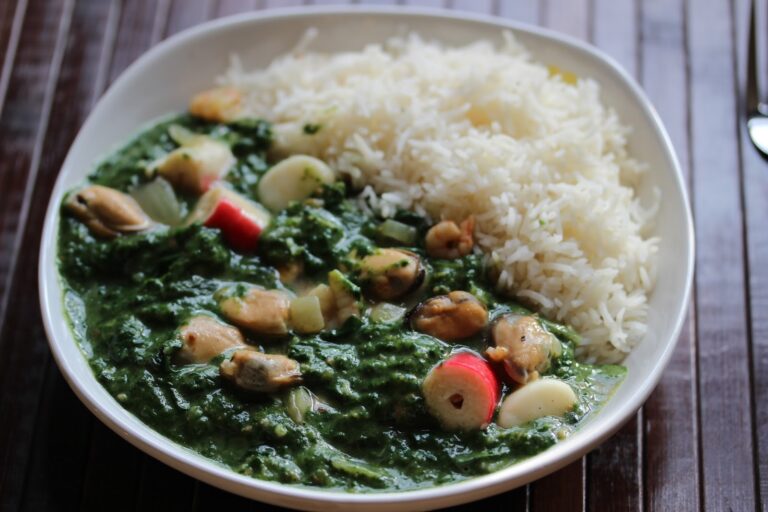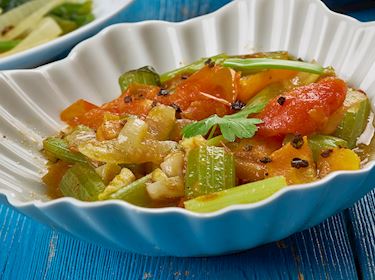Introduction to groundnuts in Ugandan cuisine
Groundnuts, commonly known as peanuts, are an essential ingredient in Ugandan cuisine. They are used as a source of protein, flavor, and thickener in various dishes. Groundnuts are a staple food crop in Uganda, and the country is among the top producers of the crop in Africa. Ugandans consume groundnuts in many forms, including roasted, boiled, fried, and boiled.
Historical significance of groundnuts in Uganda
Groundnuts have a rich history in Uganda. Archaeological evidence indicates that groundnuts were grown in Uganda as early as 1000 BC. The crop was initially introduced by the Bantu people who migrated to the region. Traditionally, groundnuts were grown on small farms by subsistence farmers who used the crop for personal consumption. However, with time, groundnuts became an essential cash crop in Uganda, primarily for export to other countries.
Traditional dishes made with groundnuts
Groundnuts are used to make many traditional dishes in Uganda, including groundnut soup, groundnut sauce, and groundnut paste. Groundnut sauce is a popular accompaniment for dishes such as matoke (a dish made from steamed bananas) and rice. Groundnut paste, also known as simsim paste, is used to thicken stews and other dishes. It is also used as a dip for vegetables and snacks.
Health benefits of groundnuts in Ugandan diet
Groundnuts are a rich source of protein, fiber, and other nutrients. They are also high in healthy fats and antioxidants. Groundnuts have been found to have numerous health benefits, including reducing the risk of heart disease, regulating blood sugar levels, and improving brain function. In Uganda, groundnuts are used to supplement the diets of children and pregnant women as they provide essential nutrients needed for growth and development.
Groundnut processing and cultivation in Uganda
Groundnut processing in Uganda involves shelling, cleaning, roasting, and grinding the nuts to make paste or oil. Most of the processing is done manually, which is a labor-intensive process. Uganda’s groundnut cultivation is mainly rain-fed, which makes the crop vulnerable to climate change. However, there have been efforts to introduce irrigation systems to enhance crop productivity and reduce the effects of climate change.
Future prospects and challenges for groundnut industry in Uganda
The groundnut industry in Uganda has the potential to contribute significantly to the country’s economy. However, the industry faces several challenges, including poor harvests due to weather changes, pests, and diseases. There is also a need for better market access for farmers to ensure that they get fair prices for their produce. The government and other stakeholders are working to address these challenges and improve the prospects of the groundnut industry in Uganda. With more investment and support, the industry can create employment opportunities, reduce poverty, and contribute to the country’s economic growth.






